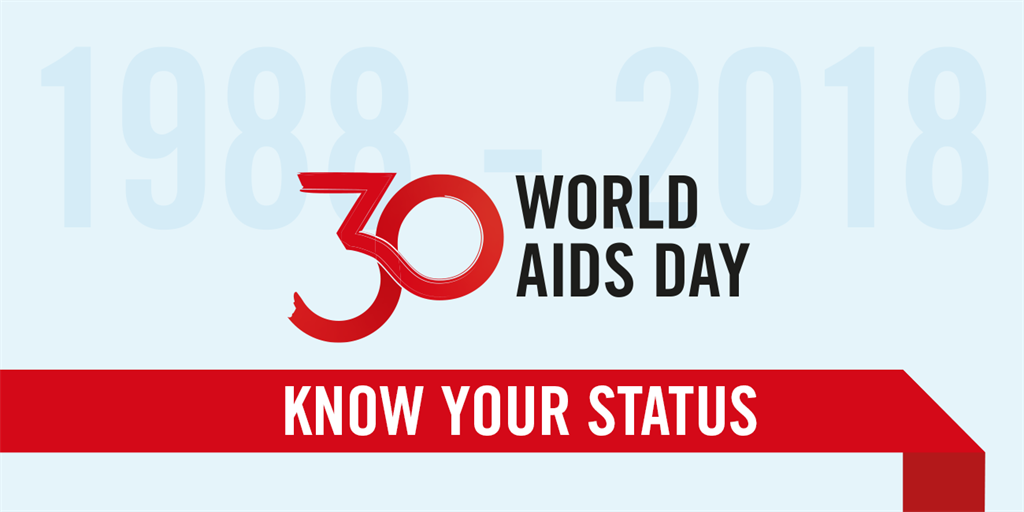The battle to end HIV/AIDS

On the 30th World AIDS Day, the following timeline shows how the epidemic spread around the world, progress made to combat it and challenges that remain.
1920s – HIV, the virus that causes AIDS, is thought to have spread from chimpanzees in West Africa to humans.
1981 – The first cases of AIDS are reported among gay men in Los Angeles, San Francisco and New York.
1982 – The disease is found in several European countries, including Britain and France, and the term AIDS, meaning Acquired Immune Deficiency Syndrome, is first used.
1983 – AIDS is first recorded among female partners of men with the disease, suggesting that HIV can be transmitted via heterosexual sex.
1986 – The World Health Organization says HIV-positive mothers could pass the virus to their children during breastfeeding.
1987 – Princess Diana opens the first HIV ward in a British hospital and is photographed holding hands with an AIDS patient.
The first treatment drug for AIDS, AZT, is approved. The antiretroviral drug lowers death rates by suppressing HIV but it causes severe side effects.
1991 – Freddie Mercury, frontman of the rock group Queen, announces that he has AIDS and dies a day later from pneumonia.
1996 – A drug treatment called highly active antiretroviral therapy (HAART) is introduced, drastically lowering death and transmission rates.
1999 – The World Health Organization says AIDS is the fourth leading cause of global deaths and the number one killer in Africa.
2000 – The United Nations adopts the Millennium Development Goals which include a goal to reverse the spread of HIV and AIDS.
2006 – Male circumcision is found to reduce the sexual transmission of HIV between men and women by 60 percent.
2012 – The oral prophylactic drug PrEP is approved for HIV-negative people to prevent sexual transmission of the virus.
2017 – For the first time, half of all people living with HIV worldwide are receiving antiretroviral treatment.
Sources: Thomson Reuters Foundation